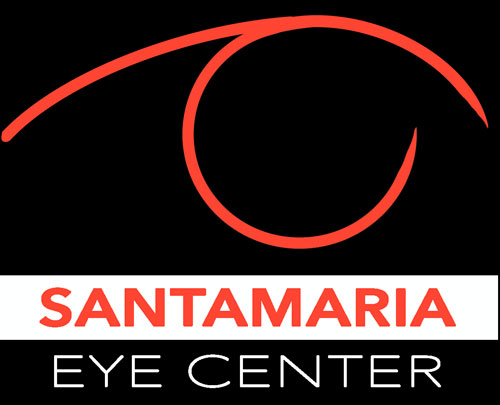07 Jun Thyroid Ophthalmopathy
The thyroid gland, located in the front of the neck, produces hormones that help regulate the body’s metabolism.
In a small number of people, the thyroid gland malfunctions and produces more hormones than the body needs. This is called hyperthyroidism, or Graves’ disease.
The overproduction of thyroid hormones in Graves’ disease can cause different eye and vision problems.
Graves’ disease and the eyes
Graves’ disease can affect the eyes in many different ways. The symptoms may vary from person to person, and may fluctuate or clear up suddenly without any treatment. the following are several types of common eye problems associated with the disease:
Eye protrusion:
The excess hormones in Graves’ disease somehow cause the muscles in and around the eye to swell and push the eye forward. this eye bulge is a characteristic symptom of Graves’ disease and causes patients to look like they are constantly staring.
Eyelid retraction:
The combination of eyelid swelling and eye protrusion may cause the eyelids to retract and reveal the white parts of the eye above and below the iris.
Dry eye:
Due to eye protrusion and eyelid retraction, your eyes are more exposed to environmental elements, such as wind and dust, and may become very dry. Dry eye can cause several side effects including:
- irritation and discomfort of the eye;
- inflammation of the eye;
- excessive tearing;
- light sensitivity;
- blurred vision
- ulcers on the cornea
- scarring of the cornea
Double vision:
Muscle swelling and irritation of the eye may cause double vision. It may occur constantly or only when looking in certain directions. Prolonged and excessive muscle swelling can also compress and damage the optic nerve and cause blindness.
Eye “bags”:
Eyelid swelling can also cause fatty tissue around the eyes to bulge forward. This causes the appearance of bags around the eyes and can make patients look prematurely aged.
The ophthalmologist will monitor eye protrusion and eyelid retraction by taking precise measurements of the eyes. If the measurements increase, or if the symptoms get worse, treatment may be needed. A combination of non-surgical and surgical methods may be used to treat these symptoms.

Sorry, the comment form is closed at this time.